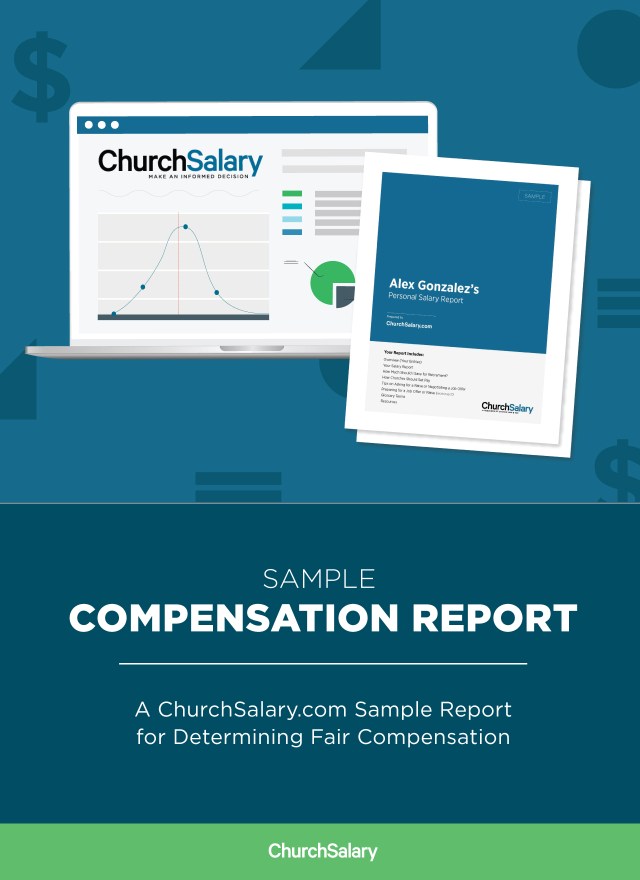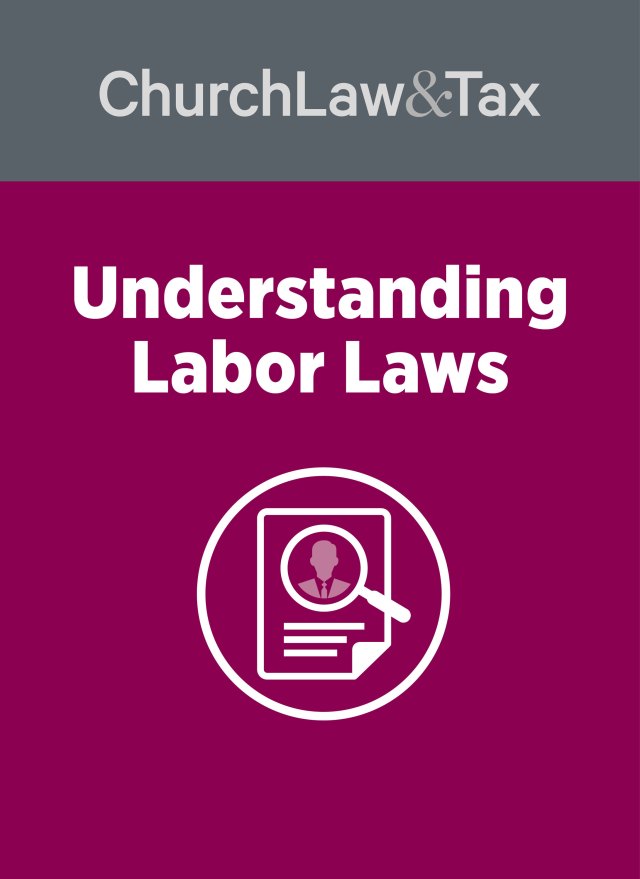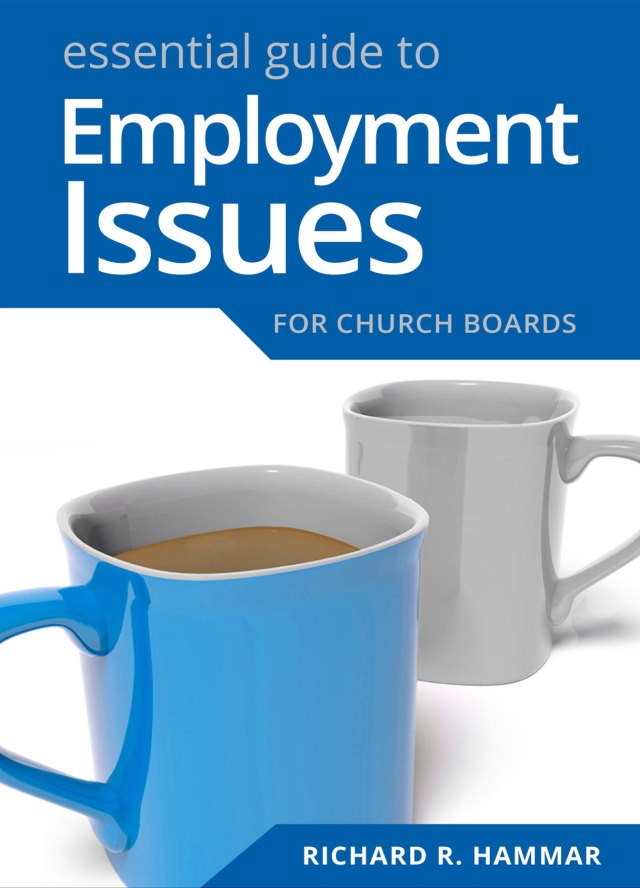• Key point. Employers cannot necessarily avoid liability for age discrimination by replacing an employee who is at least 40 years of age with another employee at least 40 years of age.
The United States Supreme Court ruled that an employer cannot necessarily avoid an age discrimination claim by replacing one protected worker with another. A long—term employee of a business corporation was dismissed at the age of 56, and replaced by a worker who was 40 years old. He sued his employer, claiming that it had committed unlawful age discrimination in violation of the federal Age Discrimination in Employment Act (ADEA). The ADEA prohibits covered employers from discriminating in employment decision on the basis of the age of an employee who is 40 years of age or older. The employer insisted that it could not be guilty of violating ADEA if it replaced a worker at least 40 years of age with another worker who also was 40 years of age or older-since both employees are in the protected group of workers under the Act. The Supreme Court rejected this argument:
The discrimination prohibited by the ADEA is discrimination “because of [an] individual’s age,” though the prohibition is “limited to individuals who are at least 40 years of age.” This language does not ban discrimination against employees because they are aged 40 or older; it bans discrimination against employees because of their age, but limits the protected class to those who are 40 or older. The fact that one person in the protected class has lost out to another person in the protected class is thus irrelevant, so long as he has lost out because of his age. Or to put the point more concretely, there can be no greater inference of age discrimination (as opposed to “40 or over” discrimination) when a 40 year—old is replaced by a 39 year—old than when a 56 year—old is replaced by a 40 year—old.
The Court cautioned that “in the age—discrimination context … an inference [of discrimination] cannot be drawn from the replacement of one worker with another worker insignificantly younger.” However, “the fact that a replacement is substantially younger than the plaintiff is a far more reliable indicator of age discrimination than is the fact that the plaintiff was replaced by someone outside the protected class.” O’Connor v. Consolidated Coin Caterers Corporation, 116 S. Ct. 1307 (1996). [ Age Discrimination in Employment Act]
© Copyright 1997, 1998 by Church Law & Tax Report. All rights reserved. This publication is designed to provide accurate and authoritative information in regard to the subject matter covered. It is provided with the understanding that the publisher is not engaged in rendering legal, accounting, or other professional service. If legal advice or other expert assistance is required, the services of a competent professional person should be sought. Church Law & Tax Report, PO Box 1098, Matthews, NC 28106. Reference Code: m43 c0197




